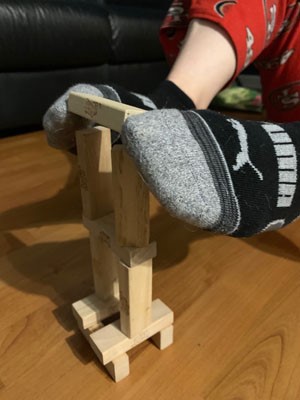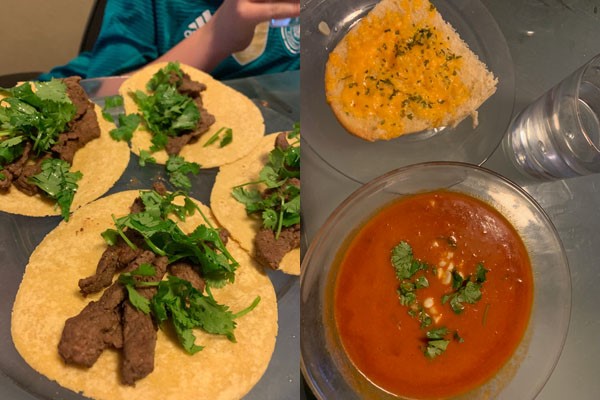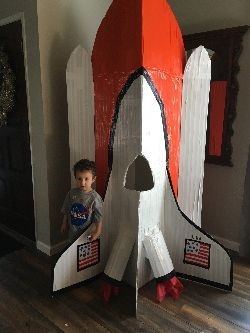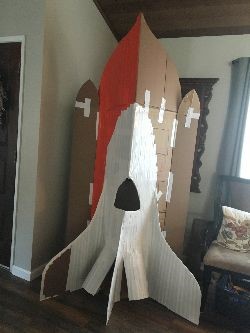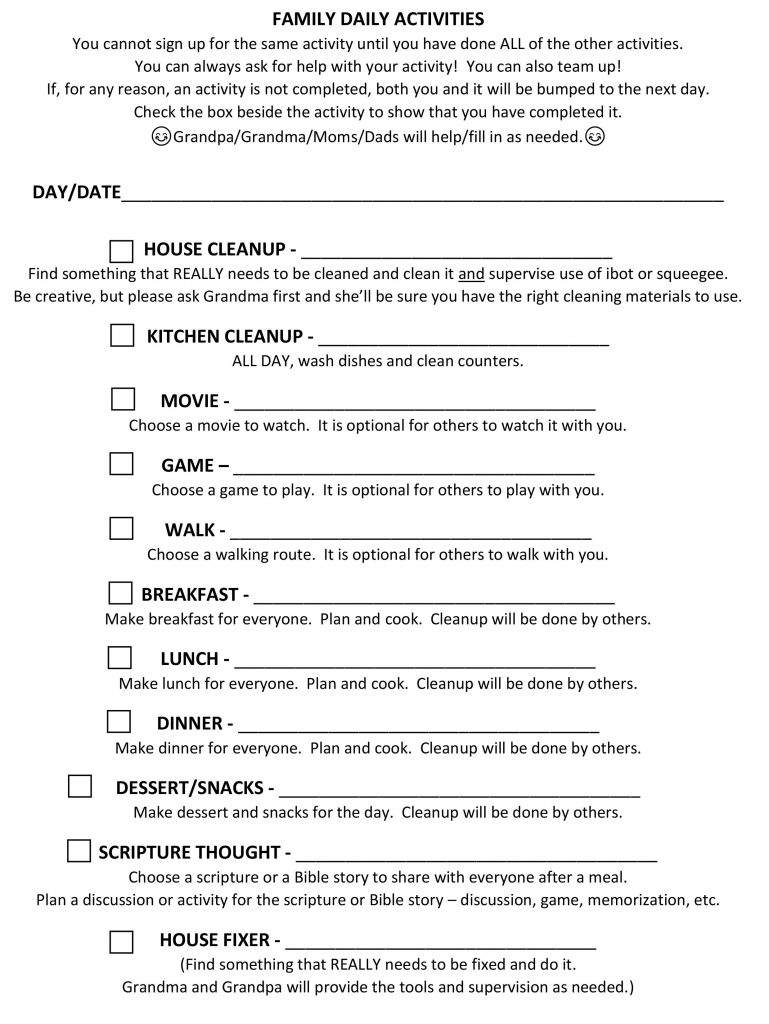September 2, 2019
My Dad, a preacher, loved to play with words. My Mom, a teacher, is a life-long lover of all kinds of puzzles. Although I’ve never been a fan of poetry (but thank you, Carlyn, for having me do poetry in the classroom!) my home environment had me using words to communicate and express ideas. For example, here’s a note that I put on one of Grandpa’s birthday presents early in our family life:
“There is something thin about you, something very thin indeed.
There is something thin about you! Yes, you really are in need.
So, because we love you so much and we really, really care
we are happy to present you with this box of ___________________.”
I bet you can fill in the blank! It is fun to see this family trait continued. Here is one birthday note to me from our family:
“Your plants are thirsty, Grandma, maybe you could buy a hose.
I really like your flowers, maybe you could get one of those.
You could dress yourself to match them and buy a nice new blouse,
or go out to eat with Grandpa to get out of the house.”
Think about what skills/habits/thoughts run in your family tree. How can you use those to continue to build up the people and relationships around you?
P.S. We often add music to our words too! Click here to see/hear our family’s MIRROR SONG.
https://mygrandmatime.com/3019-2/visit-with-grandma/sing-with-grandma/the-mirror-song/

